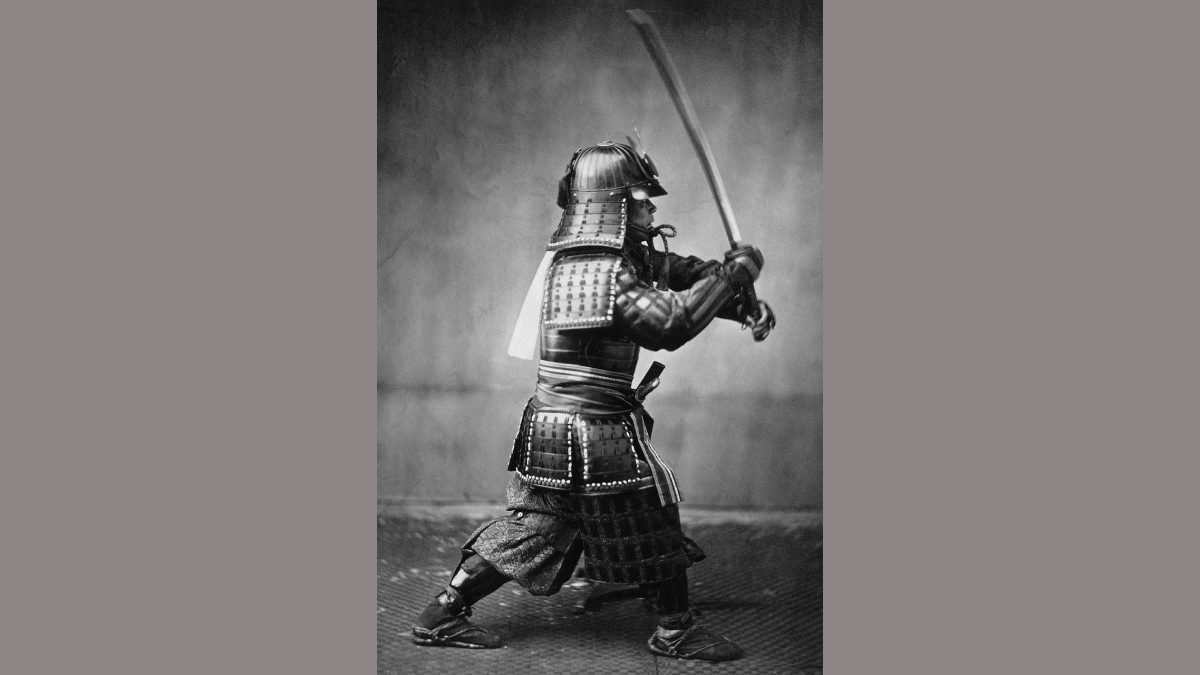Discover the intriguing world of samurai beheading rituals

Four newly translated Japanese texts provide valuable insights into the ritual of samurai beheading, particularly during the Edo period (1603 to 1868). Contrary to the popular view that samurai commonly committed suicide from self-inflicted wounds, these texts reveal that beheading by a fellow samurai was the most common practice during this time.
The meaning of the inner secrets of Seppuku
The oldest of these texts, The Inner Secrets of Seppuku, dates from the 17th century and contains teachings traditionally passed on orally. Mizushima Yukinari, the author, emphasized the importance of these lessons to ensure that samurai would be well prepared. The translations were completed by Eric Shahan, a specialist in martial arts texts and a practitioner of Kobudo.
Variations in ceremony based on rank
The documents shed light on how the execution ceremony varied depending on the rank of the condemned. For example, high-ranking samurai received extensive treatment, including the offering of sake before execution. In many cases, the kaishaku, or designated second, would quickly behead the convict after presenting a knife. An important instruction mentioned in the texts is that the kaishaku should concentrate on the eyes and feet of the condemned to maintain their martial composure.
Differences in the treatment of Samurai
The texts (via LiveScience) also highlight a clear distinction in the treatment of high-ranking and low-ranking samurai. Although high-ranking individuals were often treated with great respect, those of lower rank faced harsher execution methods, such as tying up before beheading and having their heads unceremoniously discarded.
The Oda Nobunaga case
Oda Nobunaga, a notable daimyo, exemplifies the complexity surrounding samurai rituals. His forced choice of Seppuku after betrayal raises questions about the ceremonial behavior he may have experienced. The nuances revealed in these texts challenge existing perceptions of samurai culture and its rituals, highlighting a rich tapestry of tradition and hierarchy.




